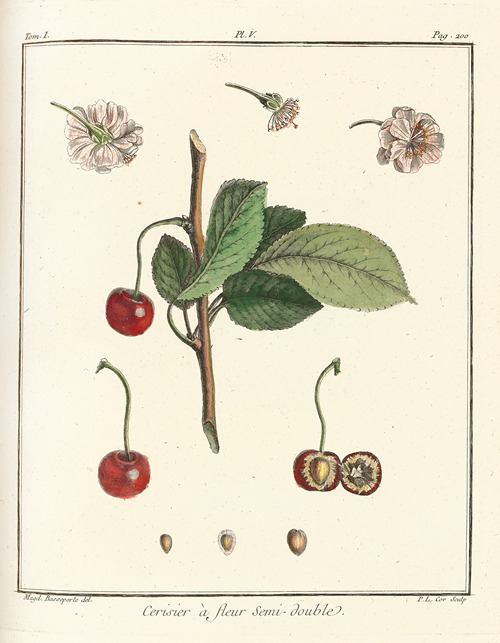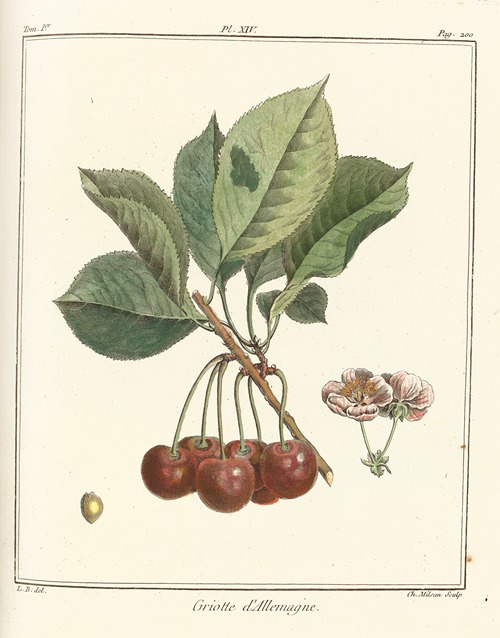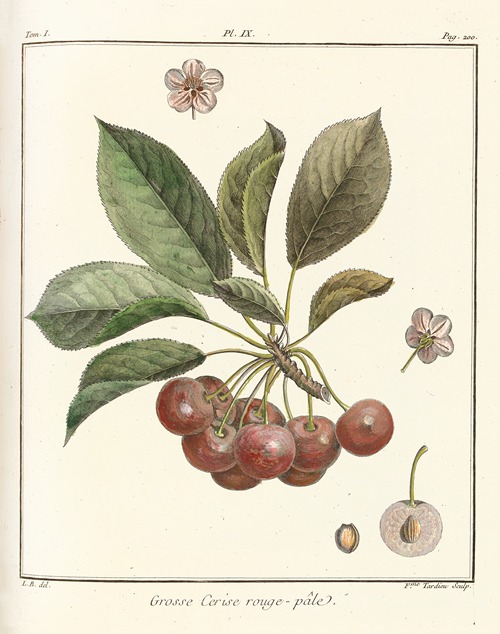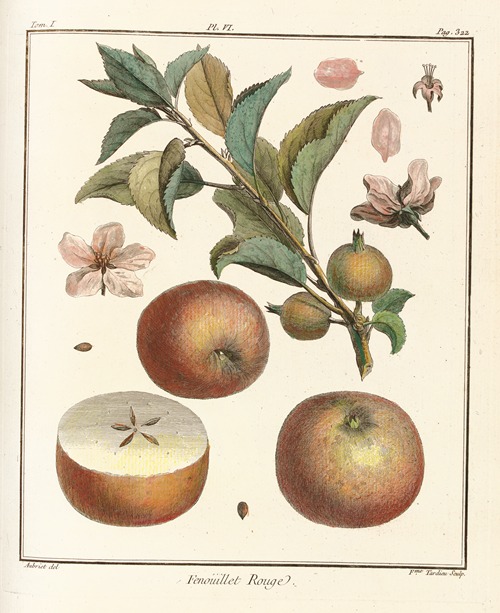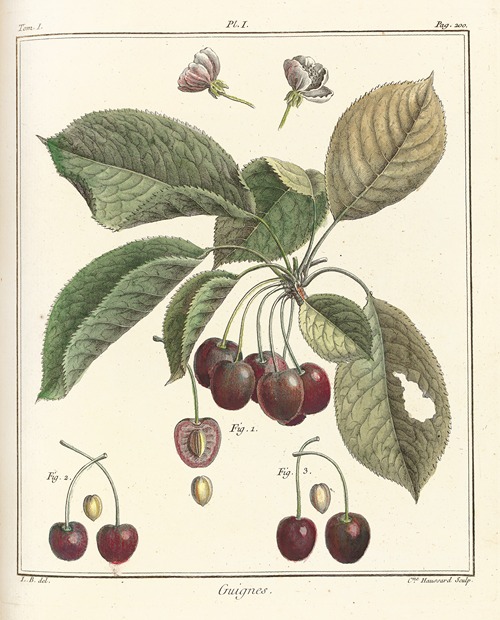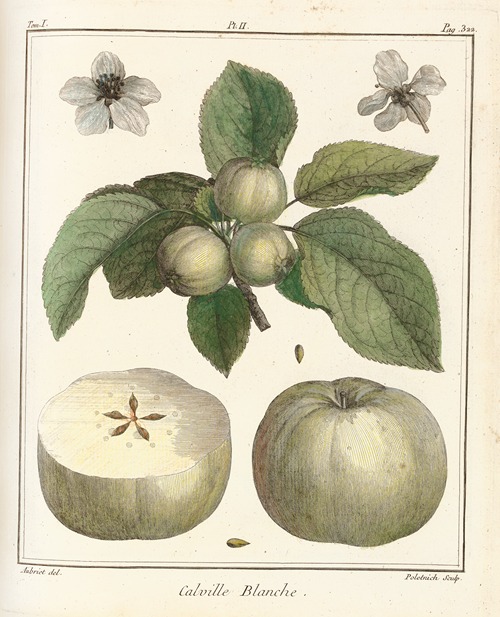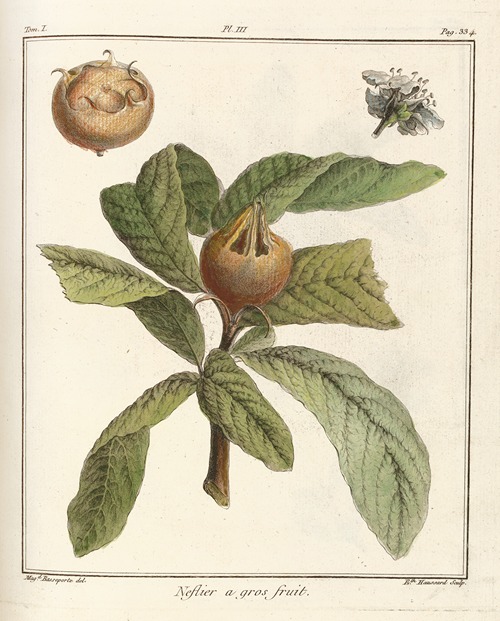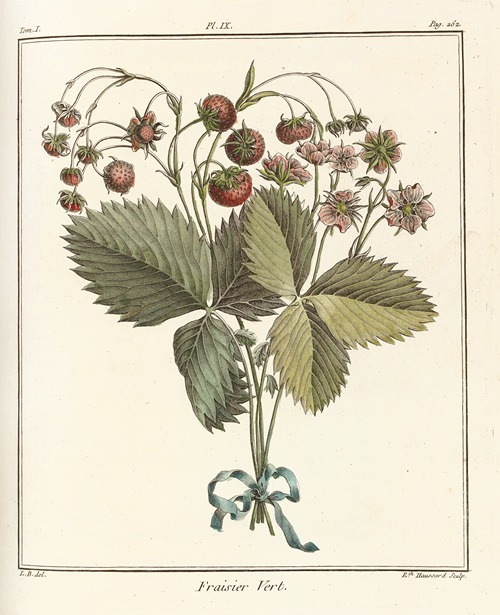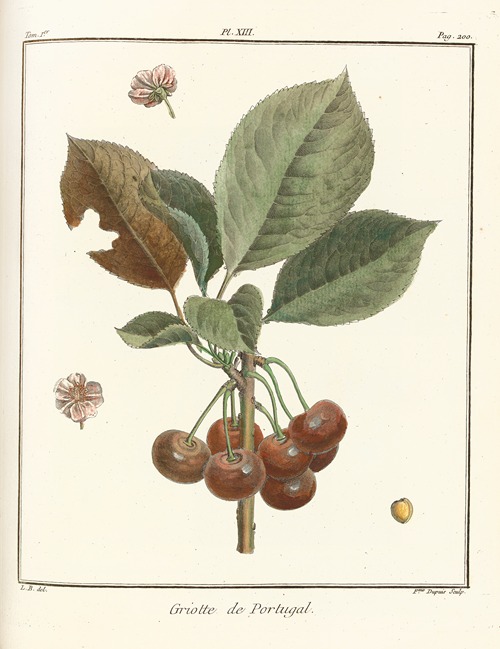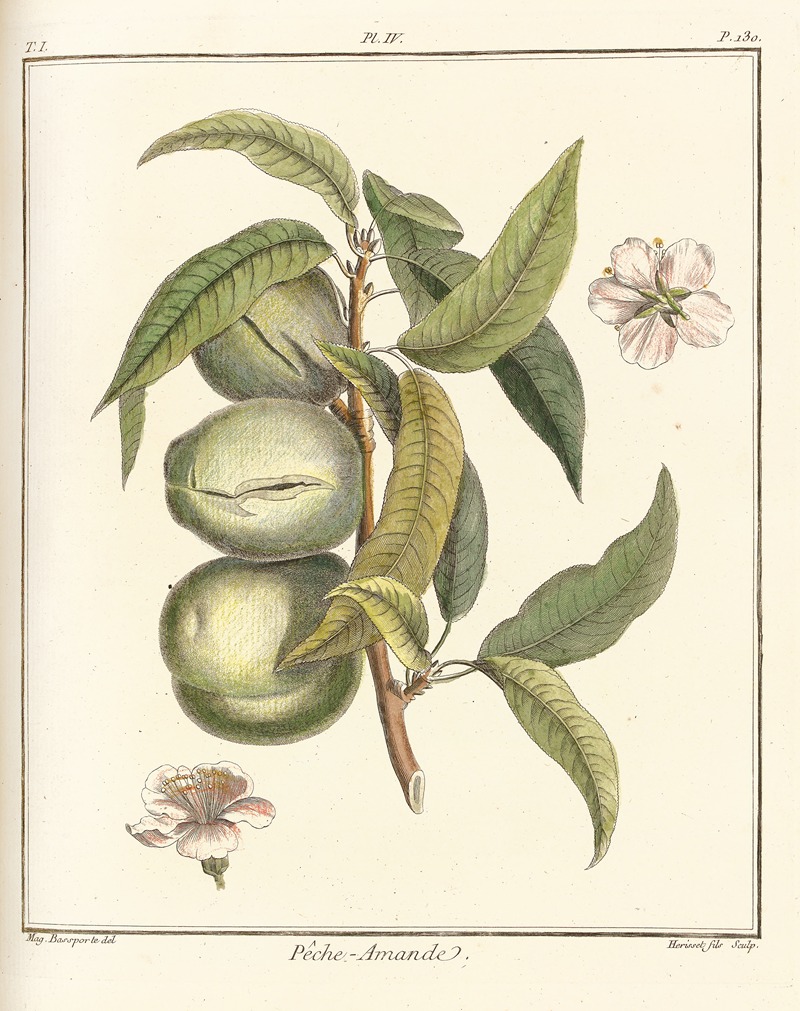
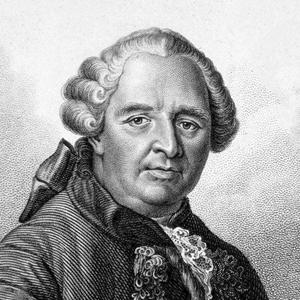
Henri-Louis Duhamel du Monceau, was a French physician, naval engineer and botanist. The standard author abbreviation Duhamel is used to indicate this person as the author when citing a botanical name.
Henri-Louis Duhamel du Monceau was born in Paris in 1700, the son of Alexandre Duhamel, lord of Denainvilliers. In his youth he developed a passion for botany, but at his father's wish he studied law from 1718 to 1721.
After inheriting his father's large estate, he expanded it into a model farm, where he developed and tested new methods of horticulture, agriculture and forestry. The results of this work, he published in numerous publications. Commission by the French Academy of Sciences in 1728 Duhamel investigate the saffron cultivation in Gâtinais. In the following years continued to investigate physiological problems of crops. He also investigated growth of the trees in cooperation with Georges-Louis Leclerc de Buffon. From 1740 he also started focusing on meteorological problems, in particular their impact on agricultural production.
In 1738 he was elected to the French Academy of Sciences, and served three times as its president. He was appointed Inspector-General of the Marine in 1739, and made scientific studies of shipbuilding, the conservation of wood, the paramedical and fair of sailors, etc. In 1741 he co-founded a school of Marine science, which in 1765 became the Ecole des Ingénieurs-Constructeurs, the forerunner of the modern Ecole du Génie Maritime. He was also involved in the foundation of the "Académie de marine de Brest", on 31 July 1752.
Following the work of Réaumur, in 1757 he released the Description des Arts et Métiers and opposed the writers of the Encyclopédie. His fondness for concrete problems, experimentation and popularization made him one of the forerunners of modern agronomy and silviculture.
In 1767, du Monceau was elected a member of the Royal Swedish Academy of Sciences. He died in Paris on 13 August 1782.

